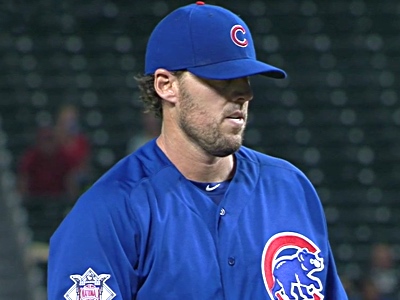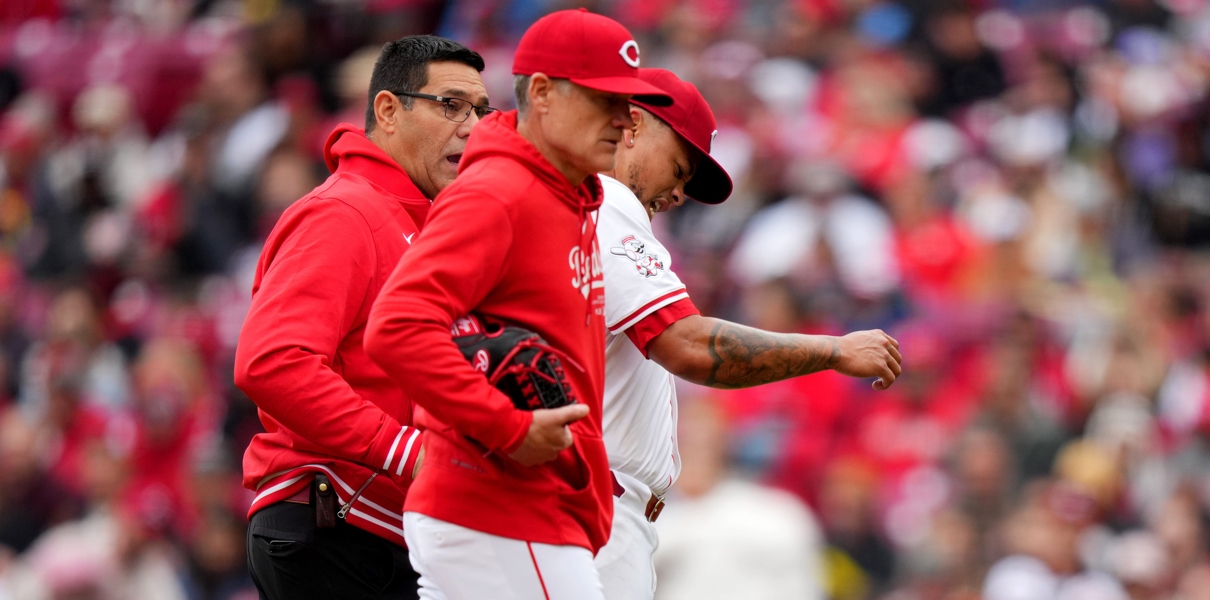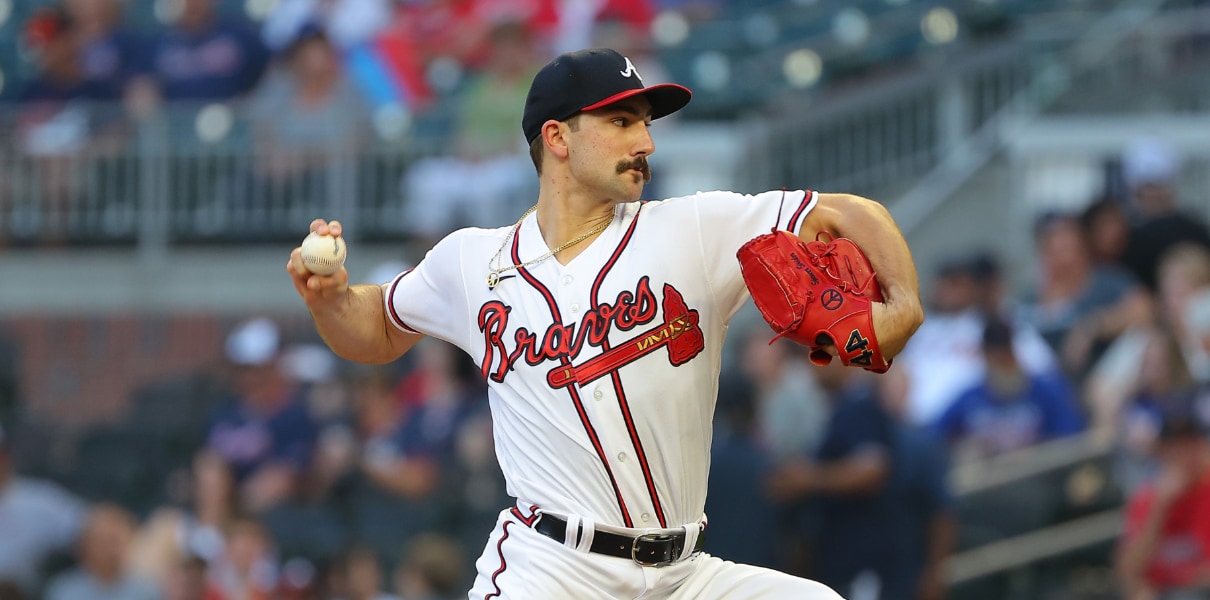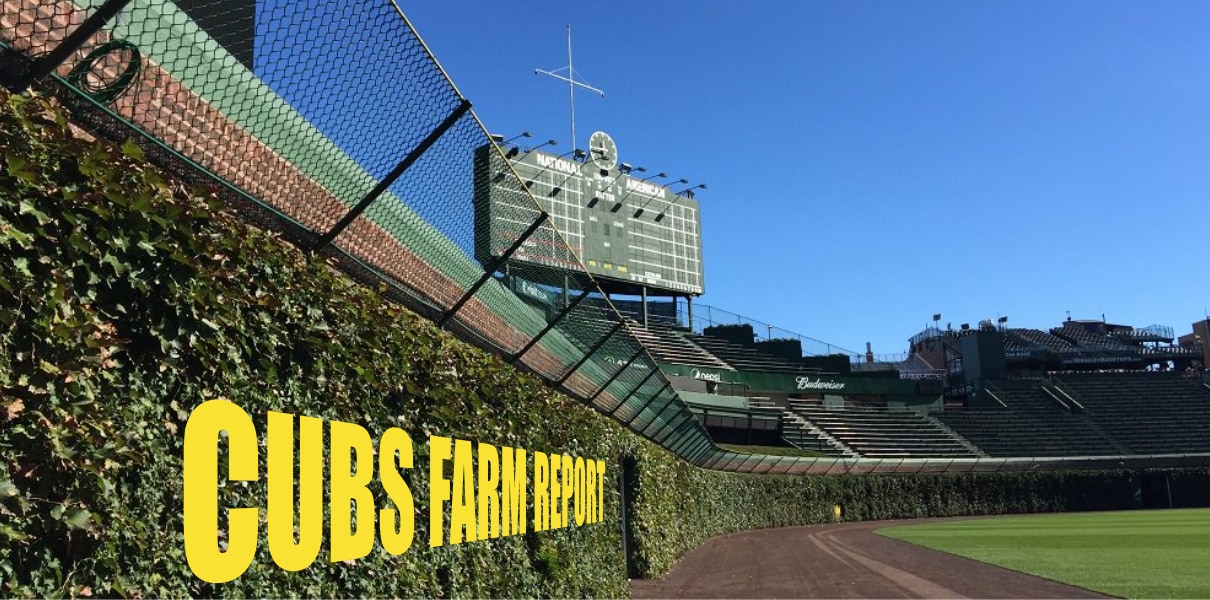
The Chicago Cubs’ starting five has baseball’s best ERA (2.51), while ranking second in FIP (3.03), xFIP (3.39) and soft contact allowed (21.6%), while inducing the fifth best (48.8%) ground ball rate. These numbers are a result of Cubs’ starters using their best pitches to the best of their abilities more often than not.
But which pitch is the best for each starter, and how does that pitch work best for him?
Jake Arrieta’s sinker gets grounders
Arrieta’s slider (or cutter, or slutter — whichever you prefer) was his bread-and-butter during his 2015 NL Cy Young campaign. And while he still maintains an excellent slider (3.6 runs saved, according to PITCHf/x’s pitch value), it is his sinker that has been the best in baseball with 9.5 runs saved. The sinker is Arrieta’s most thrown pitch, having been used 506 times at a 55.48 percent usage rate, according to Brooks Baseball. It isn’t the swing-and-miss pitch the slider has been, but opponents are hitting .176 with a .213 slugging percentage when it has been thrown.[adinserter block=”1″]
The sinker is one of the primary reasons Arrieta induces ground balls at such a high rate, thus, keeping opponents slugging and isolated power down.
John Lackey’s slider is getting whiffs
According to PITCHf/x’s pitch value calculations, Lackey’s slider has been the second most effective in baseball entering Monday’s game against the Cardinals with 9.1 runs saved, trailing only Clayton Kershaw. According to Brooks Baseball, Lackey has used the pitch (which is sometimes classified as a cutter) 20.88 percent of the time.
Lackey has made the most of his slider usage, getting a 58 percent swing rate outside of the strike zone. That is a significant increase from his 2015 (46.3 O-Swing%) and career (37.5 O-Swing%) numbers. With the increased swing percentage has come more whiffs, especially when Lackey attacks right-handed hitters low, away, and out of the strike zone.
Jon Lester works with a fastball, cutter combo
With a grade of 4.7 runs saved, Lester’s fastball edges Arrieta (4.6 wFA) as the best among Cubs starters. Traditionally, Lester’s cutter (12.8 wFC since 2013, fifth best in baseball) has been his best pitch, but his fastball should be acknowledged as a quality pitch, too, as it has opponents hitting .227 with a .392 slugging percentage.[adinserter block=”2″]
Lester has teamed his fastball well with his cutter, which has been the pitch that keeps hitters pounding the ball into the ground when it is well located.
Jason Hammel’s slider is getting more swings, less contact
Hammel has been a pleasant surprise for the Cubs in the first two months of the season. And nothing highlights that more than how effective his slider has been in 2016. Hammel’s slider ranks behind only Clayton Kershaw (13.4 wSL), and teammate John Lackey, with 6.9 runs saved.
It is interesting to note that Hammel’s slider is getting a higher percentage of swings (50.8 percent) than what he is used to, but hitters are also making less contact (62.3 percent) against it. Hammel’s slider has a 19.1 swinging strike rate, which is up from his career number (14.8 percent).
Good things happen for Hammel when he keeps the slider out of the middle of the zone, evidenced by this chart of opponents isolated power against the pitch.
Kyle Hendricks’ change-up neutralizes lefties
Hendricks’ change has drawn considerable recognition, and rightfully so. Entering Sunday’s game against the Giants, Hendricks’ change ranked seventh and was slotted between Baltimore’s Chris Tillman (4.7) and ahead of White Sox ace Chris Sale (4.1). High praise, no matter which way you slice it.[adinserter block=”3″]
The change (used 21.31 percent of the time) has worked as his swing-and-miss pitch (23.12 whiff rate is the highest of the four pitches he uses) and his pitch to get weak contact with, as opponents are batting only .161 and slugging .194 against his change.
However, the pitch has been particularly difficult for lefties to handle. Left-handed hitters have suffered through a 30 percent whiff rate against the change, while hitting .125. And those hitters haven’t had much success against that pitch this season in two-strike counts.

































